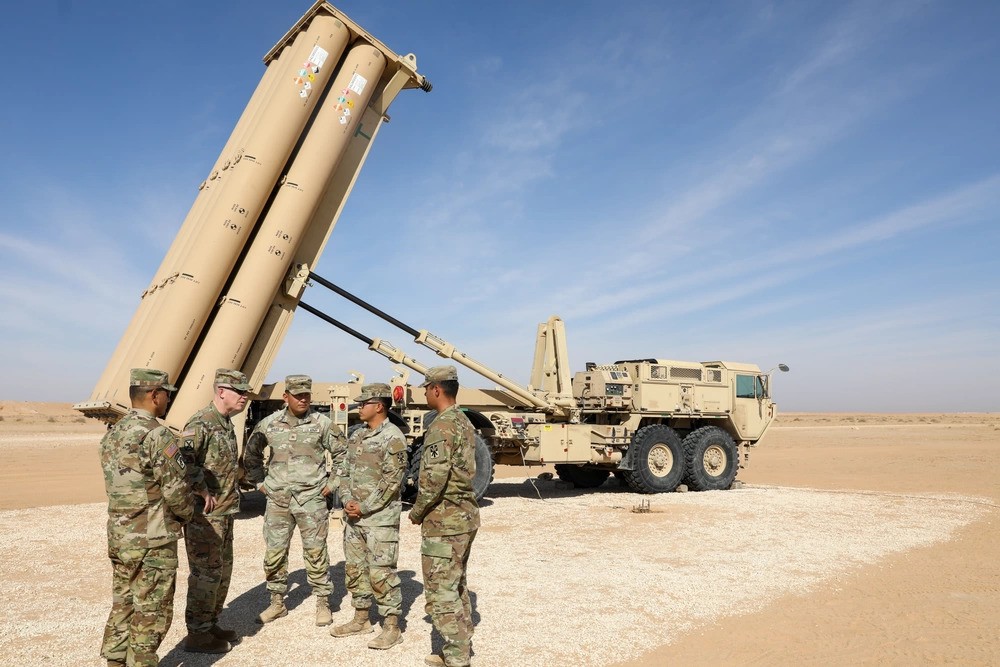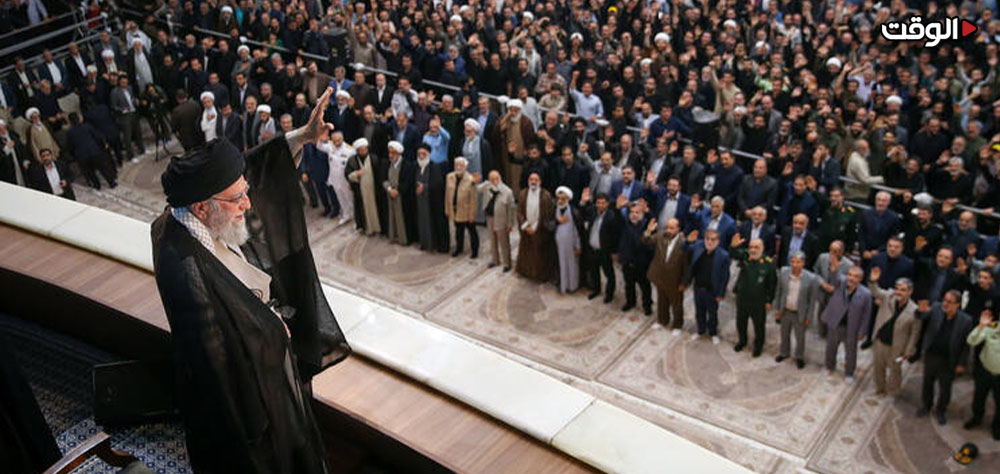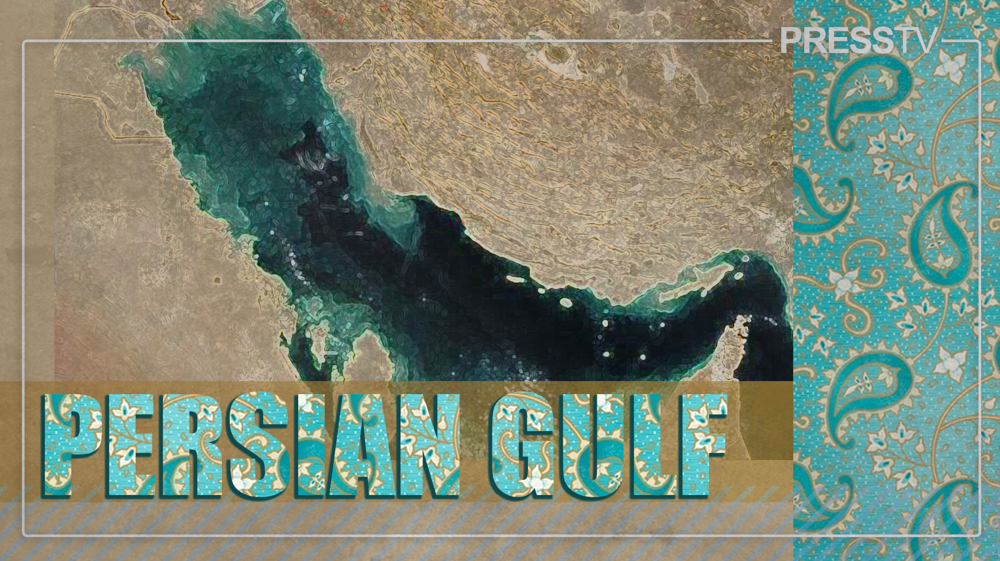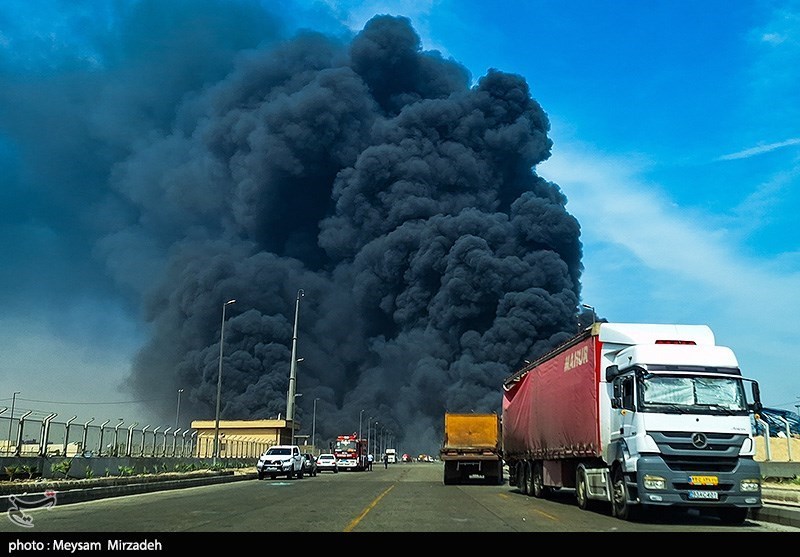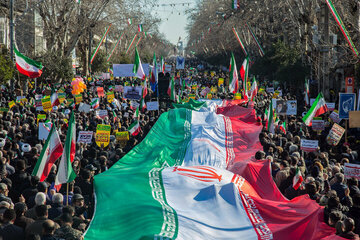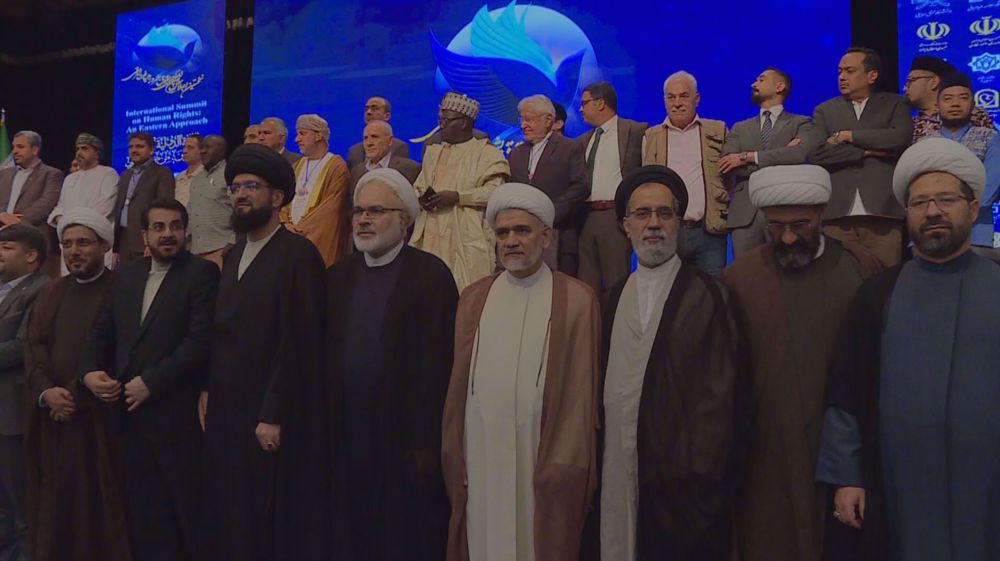Alwaght- During the 12-day war between Iran and the Israeli-American bloc, Tehran fired ballistic missiles and drones at the occupied territories. In this war, THAAD, Patriot, and Arrow made the backbone of the Israeli air defense against the Iranian strikes.
Meanwhile, although the US and Israeli regime through strict censorship tried to cover up the failure of their multi-layer air defense and the consequent damages caused by the Iranian missile strikes, media outlets have recently revealed another aspect of the heavy damages whose significance is certainly not less, if not more, than destruction of the Israeli military and strategic facilities and cities.
According to prominent American media, as a result of the 12-day war, the American high-end air defense missiles have been “depleted.” Estimates suggest that the US blew between 60 to over 150 THAAD missiles during the war, which account for 14 to 25 percent of the secret reserves of these highly rare and expensive missiles.
THAAD stands for Terminal High Altitude Area Defense. This system, developed by the American company Lockheed Martin, is designed to intercept and destroy nuclear ballistic missiles in the final phase of entering the Earth's atmosphere with a range of 200 kilometers and an altitude of up to 150 kilometers.
In this war, the Israeli regime also used up about 90 percent of its interceptor missiles, and the American Patriot systems in the Persian Gulf also faced a shortage of missiles, and according to media reports, the American military also moved its Patriot systems in East Asia to the region to address the shortages.
This drop in reserves has not only affected the defense capabilities of the US and Israel in entering a new war with Iran, but could also severely weaken the deterrence of the US against rivals such as Russia and China.
Here we examine the consequences of the depletion of the US missile stockpiles, the cost and timing of their replacement, the role this played in the rapid cessation of the 12-day war, and possible scenarios for future confrontations.
1. Demanding ceasefire after end of missile reserves
One of the key consequences of the decrease in the Israeli-American missile reserves decrease was the Israeli struggle for ceasefire which was announced unilaterally by the US.
As more days pass from the war, media now publish further reports from the damages caused by the heavy Iranian missile and drone strikes on Israeli infrastructure. They stress that in the last days of war, Iran used a new tactic inflicting heavier damage with smaller number of missiles using hypersonic missiles.
Even Western media reported that as the interceptor missiles dwindled, the US exercised higher pressure on the Israeli government to announce ceasefire faster as they know that more days of war risked losing defense cover for other regions.
This shortage bore an important message to Tehran: The US is incapable of providing unlimited air defense cover to Israel and possibly this factor contributed to Israel unilaterally announcing ceasefire.
2. Influencing the power equation and the US deterrence power
The US has had increasing tensions with Russia and China in recent years. In the event of a large-scale conflict, defense systems such as THAAD and Patriot play a vital role in countering these countries’ ballistic and cruise missiles. However, the reduction in interceptor missile stocks could weaken the American deterrence for the following reasons:
Reduced defense capability: In the event of a simultaneous war on several fronts (for example, Europe, the Middle East, and East Asia), Washington will face a shortage of interceptor missiles. In the event of a simultaneous crisis in Europe or the Pacific region, the US may quickly face a shortage of interceptor missiles. It is suggested that if it faces rapid Chinese or Russian attacks, the stock of interceptor missiles will be used up within a few weeks at most. The International Crisis Group has predicted that spending 5,000 missiles in 3 weeks in a major war would be enough, and if the war continued, Israeli and US bases in the region would become vulnerable to attacks.
Increased risk of enemy attack: The reduction in missile stockpiles has exposed a new weakness in Western defense strategy. Realizing this weakness, Russia and China may reconsider their calculations for possible future military confrontations with US allies or the US military, and this could be seen as a sign of a decrease in American deterrence as a result of the 12-day war.
Allies grow further worried: The US concern over depletion of its air defense missiles sends this message that in case of simultaneous conflict with Russia or China, it cannot defend its allies. The countries under the US support like Taiwan, Ukraine, and Israel can become vulnerable as a result of shortage of interceptor missiles, and other US allies in Europe or the Persian Gulf may feel vulnerable to future threats. This issue showed itself after Iran targeted the US’s strategic Al-Udaid airbase in Qatar which is the largest overseas US military base and serves as the head of the Central Command. While Doha annually spends billions on the US stay in this base, Iranian strikes showed that the US is facing challenges defending its military facilities and forces, let alone helping its allies.
3. Strategic message
The US concern about the sharp decline in interceptor missile stocks in the 12-day war between Iran and the Israeli regime and the effects it left as a result of the war sends the strategic message that the US and Israel realized that they did not have a decisive military advantage in a long war with Iran. Iran showed that it could use war of attrition to render enemy defense systems ineffective and reach all its targets at the farthest distances and with high precision.
Iran has the largest missile arsenal in the West Asia and Africa regions and produces thousands of missiles and drones every year. In contrast, the Israeli and American interceptor missile stocks are limited, and the cost of each defensive missile (such as Arrow or THAAD) is dozens of times the cost of Iran’s offensive missiles.
Also, the production of advanced interceptor missiles is a complex and time-consuming process. The reasons for this complexity include:
High technology: THAAD and Patriot missiles require advanced electronic components and special materials, the production of which takes months. The safety assessment process, launch tests, and the need for research and technology updates (such as NGI for future years) are complex and time-taking.
Limited supply chain: Many of the missile components are manufactured by specialized companies with limited capacity. Current production is very limited: only 11-12 new missiles will be produced in 2024-2025, and budget plans for 2026 predict 32-37 missiles.
High cost: Each THAAD missile costs about $10-15 million, and replacing hundreds of spent missiles will cost billions of dollars.
Estimates suggest that filling the American missile reserves again would take at least 2-3 years, and during this time a security gap will remain open.
This imbalance allows Iran to exhaust the enemy sir defense and deplete their resources using an attritional strategy.
But at a time the enemy has a hard way to rebuilding its air defense strength, Iran can take measures like increasing hypersonic missiles production, buying new fighter jets from Russia and China, fast replacing its damaged air defenses, and developing new air defense systems like Bavar-373 fill the void in the near future and tip the deterrence equations for the future confrontations.
Conclusion
The depletion of the American and Israeli interceptor missile stockpiles after the 12-day war underscores the vulnerability of Western defense systems to mass attacks. This not only reduces US deterrence against Russia and China, but also gives Iran an opening to tilt the balance of power in its favor through a strategy of war of attrition.
















